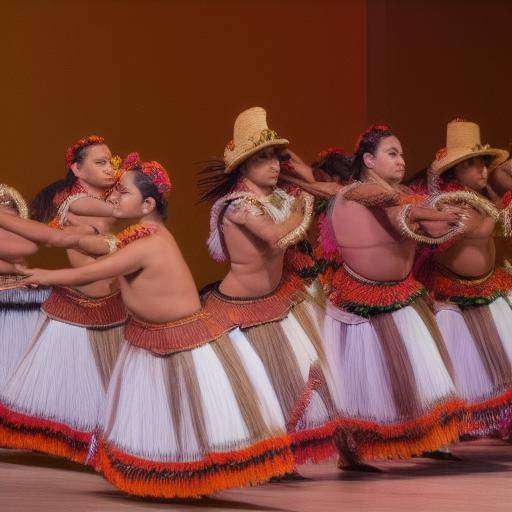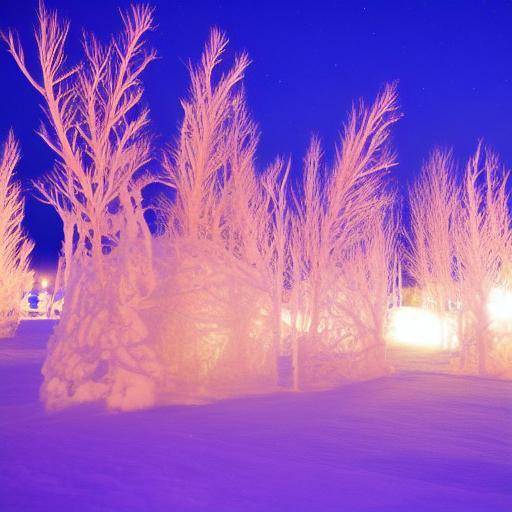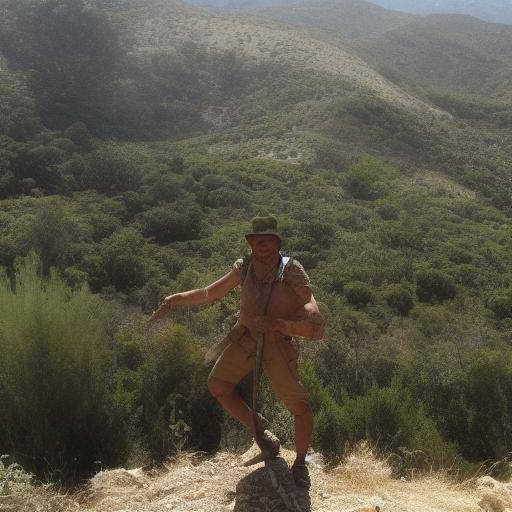
The indigenous culture of Mexico is full of vibrant and meaningful traditions. The Dance of the Venado, or "Maso yoreme", is a sacred ritual of the Yaqui, an indigenous people who live in the states of Sonora and Sinaloa. This dance represents a testimony of resistance and the relationship of man with nature. In this article, we will explore the deep essence of the deer in Yaqui culture, the role of hunters, and how dance encapsulates the essence of indigenous resistance. Throughout this reading, we will discover the history, meanings, traditions, and the importance of this ritual, and we will address the profound relationship between the human being and the natural world. Join us on this journey to transcendence and respect for nature through the Dance of the Venado.
History and Meaning
Since ancient times, the dance of the deer has been an integral part of Yaqui culture. Its origins date back to the ancestral beliefs that the deer, as a spirit of nature, possesses magical qualities. In dance, a dancer represents the deer, personifying the grace and strength of the animal. The hunters, in contrast, symbolize the search for the deer, generating a contrast between the prey and the predator. These elements intertwine to express the struggle between man and nature, the duality between life and death, and the constant connection between the earthly and spiritual world.
The ritual of the dance of the deer is a living testimony of the indigenous resistance. Despite historical adversities and colonization, Yaqui culture has maintained this ancestral practice as an act of preservation of its identity and as a tribute to its ancestors and traditions.
The Meaning of the Deer
The deer, for the Yaqui, represents the very essence of nature. His grace and strength are reflected in dance, symbolizing the harmony between man and the natural world. The figure of the deer also embodies the spiritual connection with the ancestors, transmitting their wisdom and protection through dance.
The dance of the deer is a reminder that nature is both a source of life and death, a cycle that must be respected and honored. Through their movements and songs, the dancers express their deep respect for the land, plants, and animals, reinforcing the need to preserve ecological harmony.
Hunters and Resistance
The figure of the hunters is fundamental in the dance of the deer. They represent the struggle for survival, the search for food, and the constant confrontation between man and nature. Through their movements, hunters symbolize the hunting of the deer, showing the duality between respect for the prey and the human need to subsist.
This duality between the sacrifice of deer and the need of man reflects the constant struggle faced by indigenous peoples to preserve their traditions and values. The dance of the deer thus becomes a living reminder of cultural resistance and the eternal struggle to preserve indigenous heritage in a constantly changing world.
Components of Danza del Venado
Clown and Appear
The dress of the dancer representing the deer is extremely significant. Generally, it uses an authentic deer head or a reproduction adorned with ribbons of colors and flowers. In addition, it carries nuts tied to the ankles and wrists, which produce a distinctive sound to the rhythm of the dance, symbolizing the movement and life of the deer.
Music and Song
Music and singing are essential in the Dance of the Venado. The drums and reed flutes mark the rhythm, while the singers tune melodies that narrate the history of the deer and its interaction with the hunters. These musical elements not only accompany dance, but also elevate the spirit of the participants and the spectators, connecting them with the spirituality of the ritual.
Coreography and Movements
The choreography of dance is a detailed representation of the movements of the deer in its natural environment. The dancer imitates the grace and agility of the deer, making leaps, spins and rapid movements that symbolize the life and freedom of the animal. The hunters, on the other hand, follow a pattern of movements that represents the hunt, showing respect and reverence to the deer.
The Cultural Importance of the Dance of the Venado
Preservation of Yaqui Identity
The Dance of the Deer is a powerful symbol of the Yaqui identity. Through this ritual, the community keeps its cultural heritage alive and transmits its values and beliefs to the new generations. Dance is a form of cultural resistance that reinforces the cohesion and sense of belonging among community members.
Spiritual connection
Dance is not just a theatrical representation; it is a spiritual experience that connects dancers and the community with their ancestors and nature. It is a form of prayer and meditation that reinforces the sacred relationship between man and the natural world.
Relevance in the News
Despite modernization and social changes, the Dance of the Venado remains relevant in the life of the Yaqui. It is celebrated at major festivals and ceremonies, and is recognized as an invaluable cultural heritage that must be preserved and protected.
Conclusion
The Dance of the Venado transcends the mere act of dancing; it encapsulates the very essence of the relationship between the human being and nature, the duality of life and death, and the indigenous resistance against adversity. Through its profound movements, rhythms and meanings, the dance of the deer reminds us of the importance of honoring and preserving harmony with nature. This ancient ritual of the Yaqui remains a powerful manifestation of identity, resistance, and a precious cultural legacy that deserves to be preserved and appreciated by the generations to come.
Frequently asked questions
What is the origin of the Deer Dance?
The Dance of the Venado has its roots in the ancestral beliefs of the Yaqui, an indigenous people of Mexico. It represents the spiritual connection with nature and ancestors.
What symbolizes the deer in the Dance of the Deer?
The deer symbolizes grace, strength and connection with nature. In dance, it embodies the duality between life and death and the sacred relationship between man and the natural world.
What is the role of hunters in dance?
Hunters represent the search for food and the struggle for survival. They symbolize the duality between respect for the dam and the human need to subsist, reflecting the constant struggle to preserve indigenous traditions.
How is the Dance of the Venado celebrated today?
The Dance of the Venado is celebrated at major festivals and ceremonies within the Yaqui community. It is a cultural and spiritual manifestation that keeps alive the heritage and traditions of the Yaqui people.
Why is it important to preserve the Dance of the Deer?
Preserving the Dance of the Venado is crucial to keeping alive the cultural identity and traditions of the Yaqui. It is a symbol of resistance and a source of ancestral wisdom that enriches the cultural diversity of humanity.


